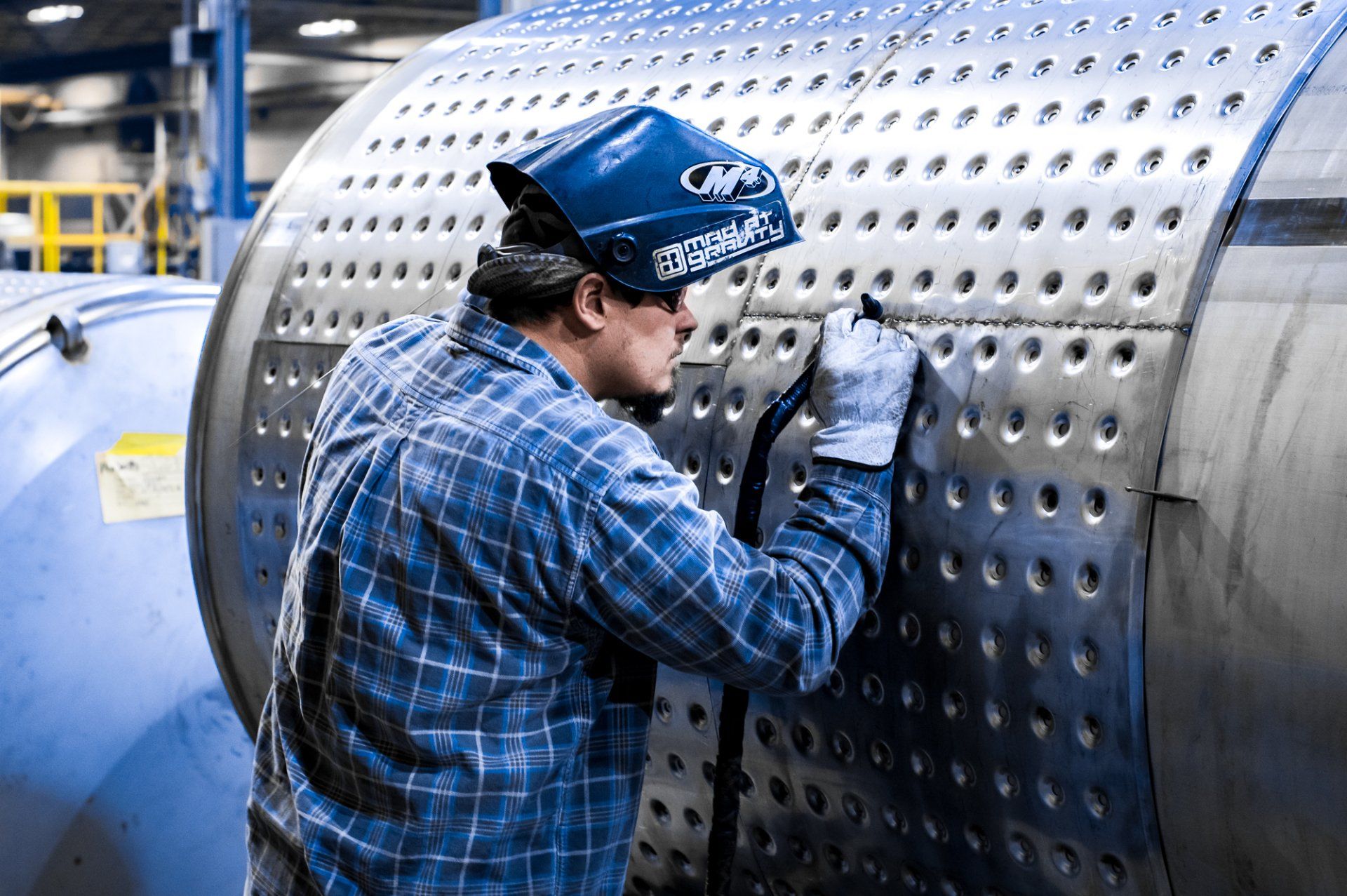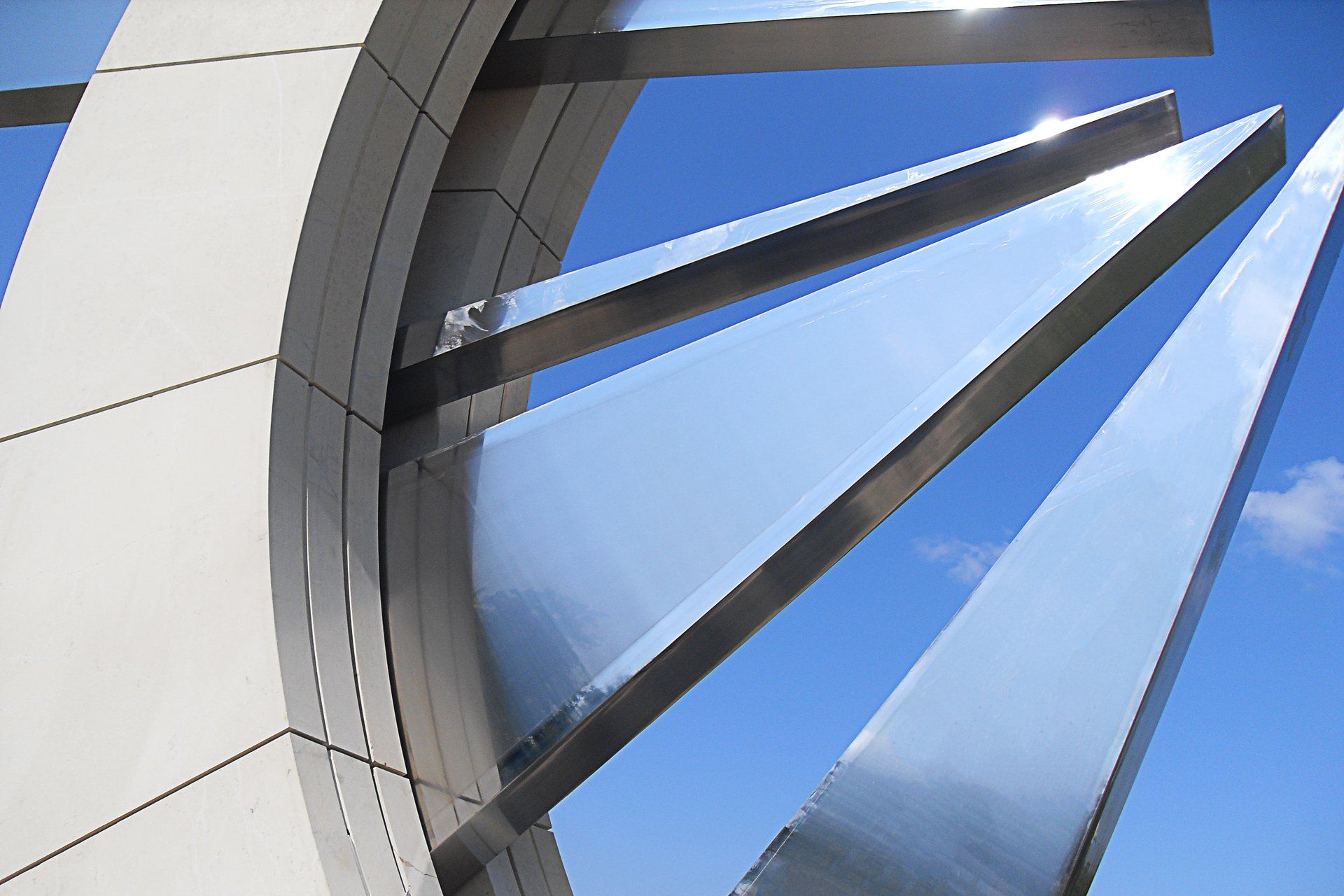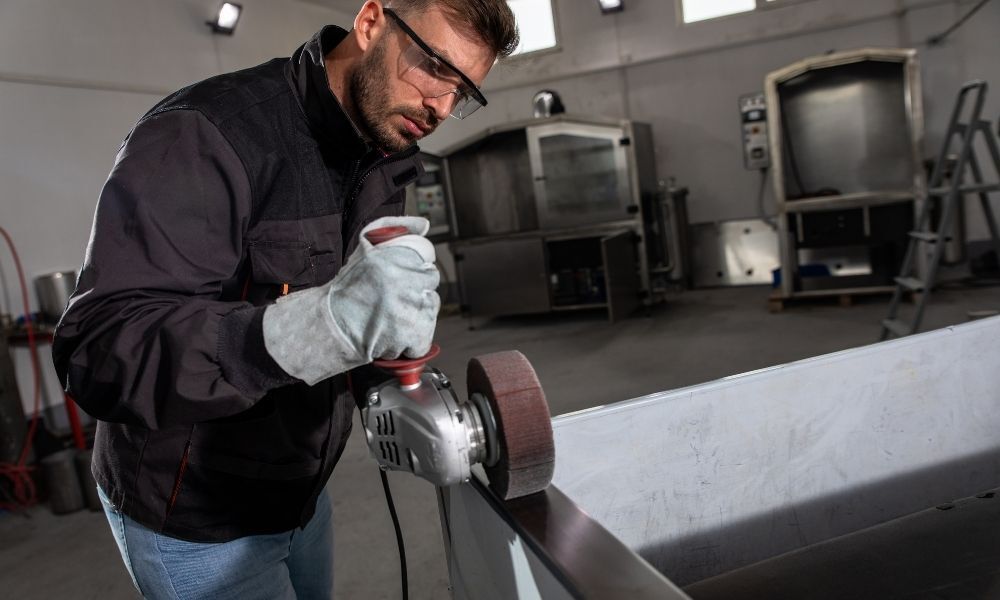Polished Stainless Steel: How It’s Made
Stainless steel is a metal alloy that is known for being very durable, particularly resistant to corrosion, and aesthetically pleasing. For that reason, its use has become popular across industries. Stainless steel is often used in kitchen appliances, cars, architectural parts, chemical plants, and more. Polished stainless steel is one of the most popular types because when the steel has this finish, it becomes smooth creating a sanitary finish when specified. If you are considering using polished stainless steel in one of your projects, you may be curious about polished stainless steel and how it’s made. To answer that question, below is an overview of the stainless steel manufacturing and polishing processes.
How Stainless Steel Is Made
Stainless steel is an alloy, which means it is made up of many different elements that are combined. The primary element of the alloy is iron, and the alloy must contain at least 10.5% chromium. Chromium is the element that gives stainless steel its corrosion-resistant nature. The higher the chromium percentage of the stainless steel is, the more resistant to corrosion it will be. Stainless steel typically includes other elements like nickel, carbon, nitrogen, manganese, silicon, and others in smaller or trace amounts. The manufacturing process involves a combination of these many elements.
- Melting
- Carbon Removal
- Tuning
- Casting and Forming
- Hot Rolling
- Cold Rolling
- Annealing
- Descaling
- Cutting
- Finishing
The elements of the stainless steel are first melted down together in a furnace for 8-12 hours. Often, scrap metal and recycled stainless steel is used for this process. The temperature at which the metal is melted will vary based on the grade of steel being made.
After the mixture is melted, extra carbon content must be removed. While carbon is an essential part of stainless steel, too much can create issues. Carbon can be removed in one of two ways: either through processing in an argon oxygen decarburization (AOD) converter, or through vacuum oxygen decarburization (VOD). When using an AOD, an oxygen-carbon mixture is injected into the molten metal, which removes the extra carbon. With VOD, oxygen is injected into the metal in a chamber, and the released carbon gas is vacuumed out.
After carbon removal, the metal mixture is fine-tuned to ensure that it meets the standard requirements of its grade. This involves the removal of excess elements and the balancing of the chemicals in the metal.
Next, the mixture is cast or formed into its shape. Some typical forms include blooms, billets, slabs, rods, and tubes. From here, the steel will be crafted into its final form.
Hot rolling is done at the temperature above the recrystallization temperature of the stainless steel. In this process, the metal is rolled, and the approximate form given at casting is made into a more precise form.
Cold rolling occurs just below the recrystallization temperature of the metal. This process uses multiple rollers and gives the metal an even more precise shape and a nice finish.
During the annealing process, the metal is repeatedly heated and cooled. This helps to soften the steel and improve certain qualities like ductility.
By this point in the manufacturing process, scale has generally formed on the steel. Scale can be detrimental to the steel and must be removed. This is achieved either by heating and cooling the metal further in an environment without oxygen, or by covering the metal in an acid mixture.
After all these steps are completed, the steel can finally be cut. There are several methods that can be used to cut stainless steel. It can be cut mechanically with guillotine knives, circular knives, high-speed blades, or by using metal punches and dies. It can also be cut using flame cutting or plasma jet cutting, which use a torch or ionized gas and an electric arc, respectively.
The final stage of stainless steel manufacturing is the finishing. Stainless steel comes in a variety of finishes achieved by different finishing methods. Among these are sand blasting, wet etching with acid, buffing, and polishing.
Polished Stainless Steel Finishes
Polished stainless steel is one of the most popular finishes. The benefits of polished stainless steel include a smooth and shiny appearance and a higher resistance to corrosion than rougher stainless steel. Because the surface of the metal is so smooth, it will not capture dirt and bacteria as a rougher material would. Within the category of polished stainless steel, there are several different mechanically polished finishes. Here is a guide to polished stainless steel and how it’s made in a few different finishes.
No. 4 (Brushed Finish)
This polished finish, sometimes called a satin finish, is achieved by sanding the stainless steel with a 150-grit abrasive belt. This finish is smooth but not overly shiny and includes visible grains running in the same direction. A wide range of industries use this type of finish, and it is typically used in kitchen appliances, vehicles, architecture, and more.
No. 6 (Fine Brushed Finish)
The fine brushed finish is similar in appearance to a brushed finish, but slightly smoother with a finer grain. It is made in the same way as a brushed finish, but after being sanded, it is softened with a lower grit belt. This type of polished stainless steel is ideal for those who want a very smooth surface that is less prone to corrosion than a brushed finish, but not quite as reflective as a mirror finish.
No. 8 (Mirror Finish)
A polished mirror finish is created by rubbing the metal with gradually finer abrasives. Before the polishing process begins, any defects on the surface of the metal, including scratches, must be removed. This process is called pre-grinding. Finally, the surface of the metal is buffed for 5-10 minutes to make the metal bright, smooth, and mirror-like. Though both brushed and mirror finishes are polished, the mirror finish is even more resistant to corrosion than the brushed finish, since it is completely smooth and has no grooves. The mirror finish is typically used decoratively or for materials that must be reflective, like mirrors.
A polished stainless steel finish will give you a durable and visually appealing metal to use in your project. If your stainless steel has dulled over the years, CMPI offers stainless steel polishing services for plates and a variety of other items. Bring your stainless steel to us and we will restore it to its former glory.







